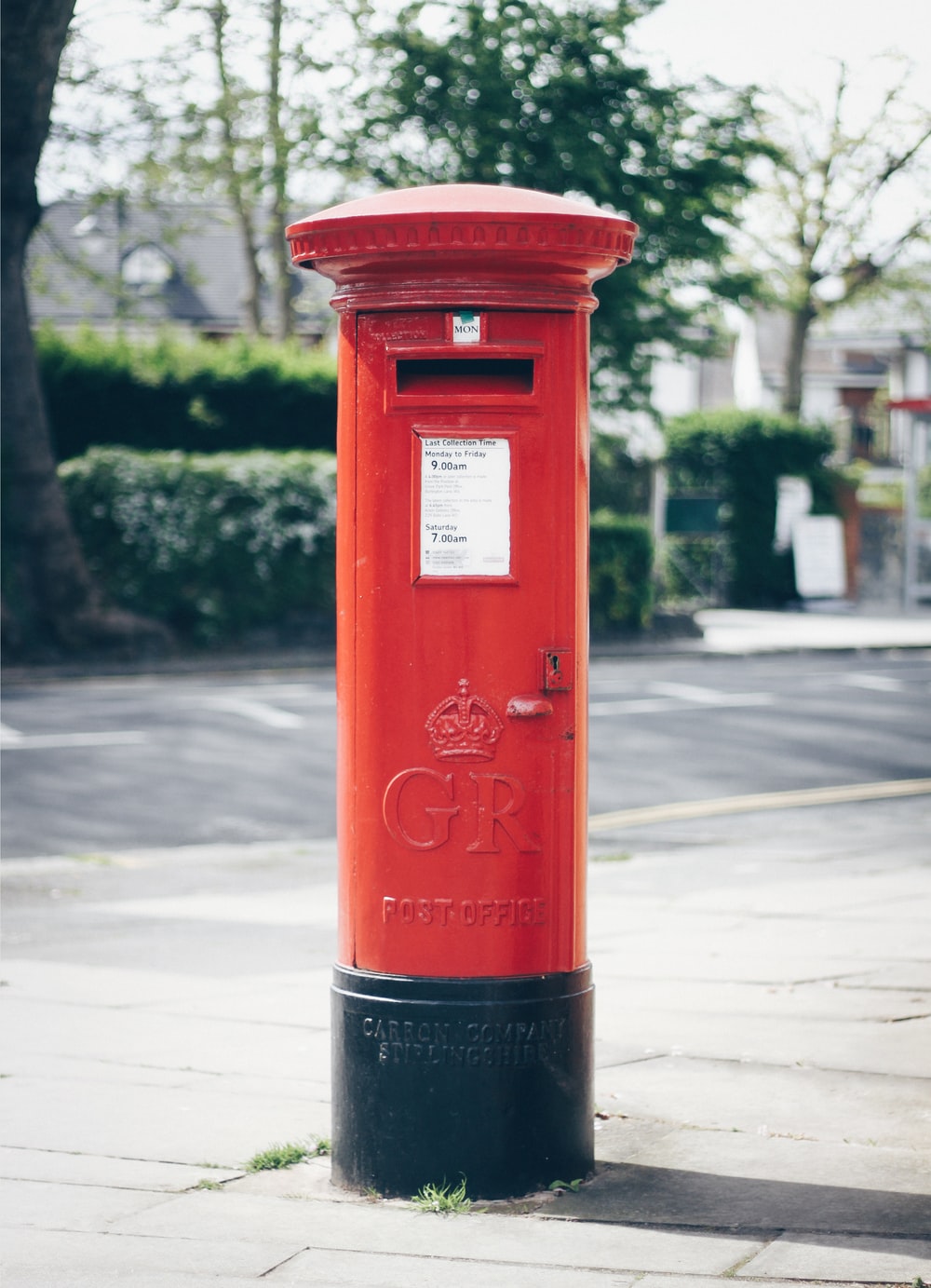
Mailing labels are an important part of maintaining the trust of modern mail communications. The answer to “what is a mailing label” is as follows: a recognisable symbol that governs or advises the handling of goods.
A shipping or mailing label could be used simply to detail shipping and return addresses, but there’s a range of others that are advisory. If you’ve ever seen a “handle with care” symbol, for example, that’s an advisory mailing label.
A mailing label prevents a courier or handler from putting themselves in danger, as well as maintaining a fragile product’s condition through storage, handling and transit advice. Below, we list common uses for mailing labels and their advantages.
Uses of Mailing Labels
Mailing labels are used every day in the shipping and mail industry. Broadly, a mailing label falls into one of two categories:
- Shipping labels with delivery information
- Labels and stickers that provide cautionary advice
Shipping labels need to convey certain delivery information. If you’re a business, you need to make sure the mailing labels you use for delivery have the following qualities:
- Roughly A6 in size
- The place of origin i.e. the address the package was shipped from
- The destination of the package
- The package’s weight and dimensions
- A tracking number and barcode
- Shipping class (first-class, expedited, etc.)
Shipping labels can change from courier to courier, but the majority of them have the same structure. The top left of the label will be the destination address, with the weight and dimensions at the top right. Below that will usually be the place of origin, then at the bottom will be coded information such as a barcode, QR code, tracking number, etc. A shipping class will usually be near the top too.
The other type of mailing label provides advice for handling, storage, etc. This is a must for fragile items, as well as those with potentially volatile contents. Label examples include:
- Do not stack
- Do not use blades
- Handle with care
- Open this end
- Keep frozen
- Do not drop
- Mixed pallet/carton/parts/load
This is but a small cross-section of mailing labels. The logos on these labels must satisfy international standards of graphic designs under the ISO 780. ISO, shorthand for the International Organisation for Standardisation, sets standards for worldwide shipping.
The ISO 780 “specifies a set of graphical symbols conventionally used for marking of distribution packages in their physical distribution chain to convey handling instructions.” So, if you’re using mailing labels, ensure they hit these standards.
For more on the modern role mailing labels, you may want to check out our previous blog – How Labels and Signs Help With Food Shipping - for more information.
Advantages of Mailing Labels
Using mailing labels has several major advantages for your business or brand. Namely, the use of proper mailing labels makes a business appear more professional. For example, imagine getting a fragile package with a barely legible shipping label and no fragile warning sticker anywhere on it. If you dropped said package and broke its contents, then the business would be blamed for not providing proper warning, thus evaporating any possibility of the customer returning.
Shipping labels lead to less missed deliveries, too, which can only be a positive for a business. If you’ve suffered from delivery issues recently, then consider changing and updating your mailing label process.
Packaging labels can also simplify and organise the whole shipping process, especially when barcodes are used. In fact, we wrote an in-depth piece about the history of barcodes and their role in shipping, so check it out if you want to know more.
Get With The Times
Label Source stocks a range of self-adhesive mailing labels suitable for a wide variety of businesses. If you want to keep up with the latest industry news or are simply a fellow label fanatic, follow us on Facebook and Twitter.